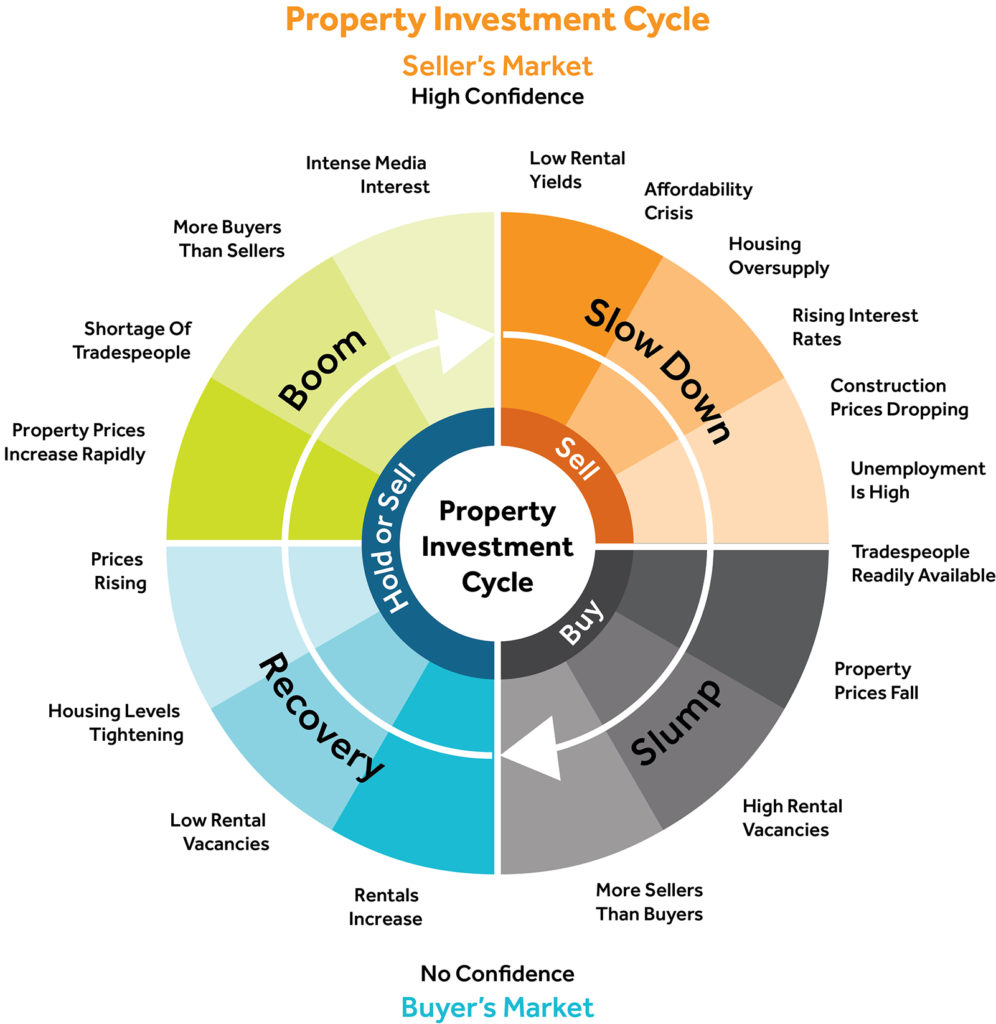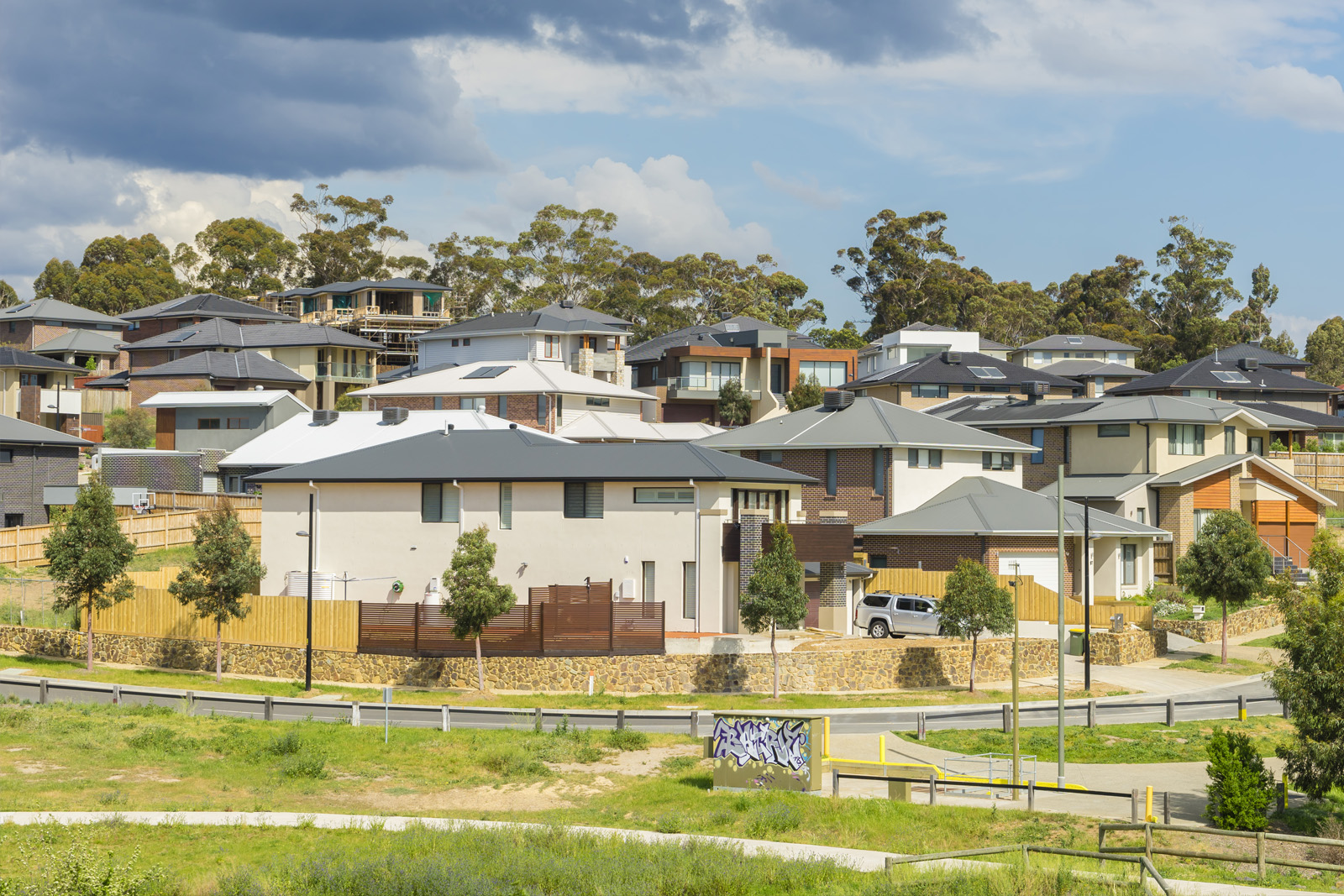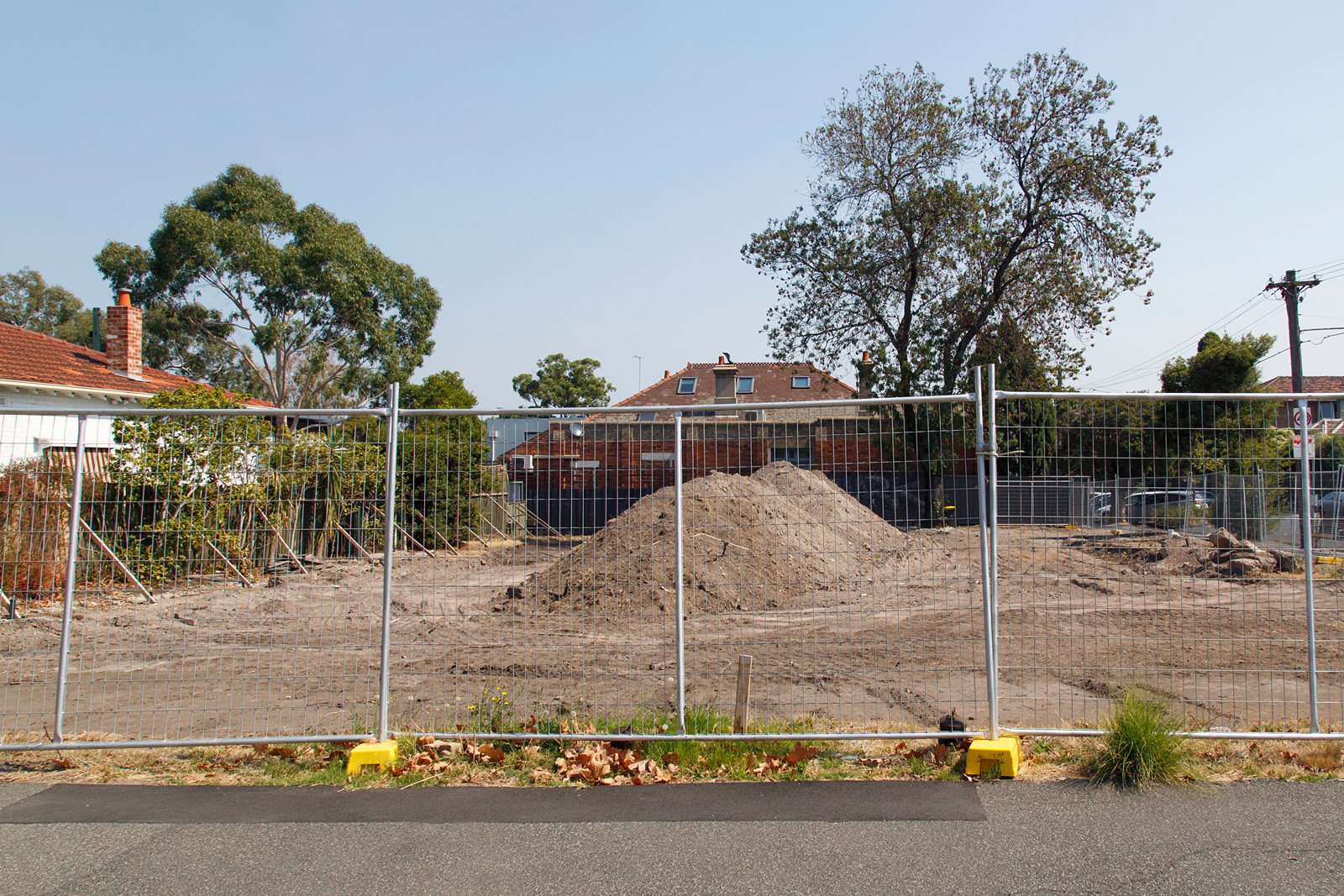How To Profit Through Every Property Cycle
Ask anyone who understands market cycles when to develop property and they will probably tell you to purchase development sites in a time of recession or trough and to sell the developed property when the market is on the way up.
While this sounds like a logical plan, it can be notoriously difficult to time the market. Here are just some of the reasons why your property radar should always be on red alert – no matter what the market is doing.
1. it’s impossible to accurately predict the peaks and troughs
First, no one can consistently predict macro-economic cycles with any great accuracy, not even the so-called experts. If economists cannot predict macro-economic movements then how can ordinary property developers? If you’re trying to time the market in order to purchase at exactly the right point in the property cycle, then you’ll very likely miss out on a great property deal that stacked up financially.

2. finance isn’t always on tap
Second, it would be great if we all had an abundance of cash sitting around so we could purchase development sites outright in the troughs and wait until the peaks to sell. However, few developers have a pot of cash sitting ready, so they have to finance the purchase of their development site. To purchase a site at the bottom of the market and sell at the top would therefore involve the payment of land holding costs (eg. rates, land tax) and finance costs (eg. interest, management fees) for the interim period, which could last many years.
3. there is no one single property market in australia
Third, it implies a direct relationship between the broader economic environment and the property market. The reality is that the property market is made of many sub-markets, and each behave differently and not necessarily in step with broader economic movements. In other words, there are property markets within property markets (eg, Australian property market – Queensland property market – South-East Queensland property market – Brisbane property market – Bayside property market… ) While the Australian property market at large may be sluggish, the Bayside property market might be performing strongly.

4. the impact of supply and demand
Four, the property development industry, like any other industry, is driven by the forces of supply and demand. If there is increasing population growth, as is the case in most of the developed world, then there will be increasing demand for new dwellings. Imagine if developers only developed during the growth phase? Where would all these people in need of accommodation live?
So I think we’ve established that the economic cycle is not a good indicator of when to develop property. So what is? Well, any serious property developer will tell you that if the financial feasibility analysis and due diligence analysis on a project shows an adequate return for the risk involved, then the project should go ahead.
This is not to say that broad macro-economic factors should be ignored, but rather the financial feasibility and due diligence analysis of a project should be the determining factors in deciding when to develop. And in any case, a thorough financial feasibility analysis should include macro-economic factors such as interest rates and inflation and their impact on returns.
While there will still be those who advocate the use of the economic cycle for timing property development projects, I’ve done well financially, irrespective of which stage the economic cycle is at.
5. There’s no good or bad time to buy
During the so-called good times, suitable development sites are:
- harder to find
- are often overpriced, and
- often have to be purchased without local authority permits and or suitable contractual conditions.

Local authorities are overworked and slow to issue permits, causing frustration and sometimes increased land holding and finance costs for developers. Building contractors are busy and their profit margin and the cost of materials increase. Sales will occur quickly and marketer’s fees may decrease due to the higher turnover. Fear of an overheated real estate market by the financial regulators may initiate an interest rate rise in an attempt to dampen demand.
During the bad times, suitable development sites:
- are easier to find
- are often fairly priced by motivated sellers, and
- can often be purchased with local authority permits and on attractive contractual conditions.
Local authorities are not as busy and are quicker to issue permits. Building contractors are not as busy and their profit margin and the cost of materials will generally stabilise or possibly decrease. Sales will occur more slowly and marketer’s fees may increase due to the lower turnover. Interest rates are generally stable and may even fall in an attempt to stimulate demand.
Confused? Don’t be. Just remember that serious property developers develop property in any market. If the financial feasibility analysis and due diligence analysis on a project show an adequate return for the risk involved then the project should go ahead.
Enrol now in Bob Andersen’s Small Developments For Profit course, and learn from the experts how you, too, can make big profits from small developments.




